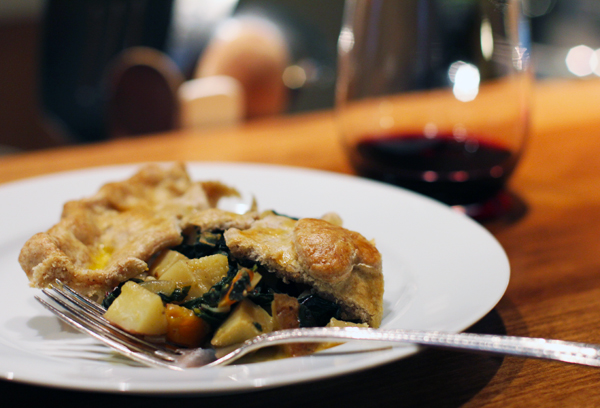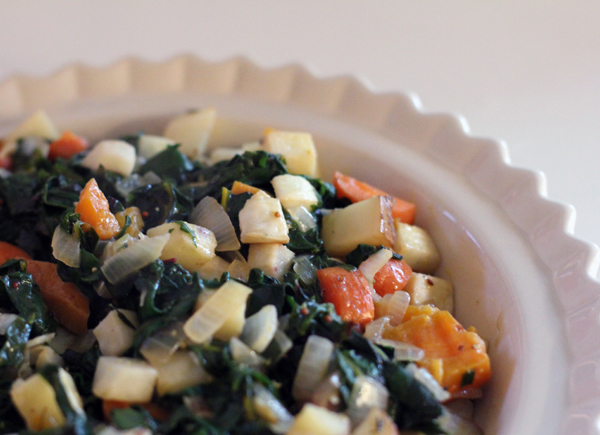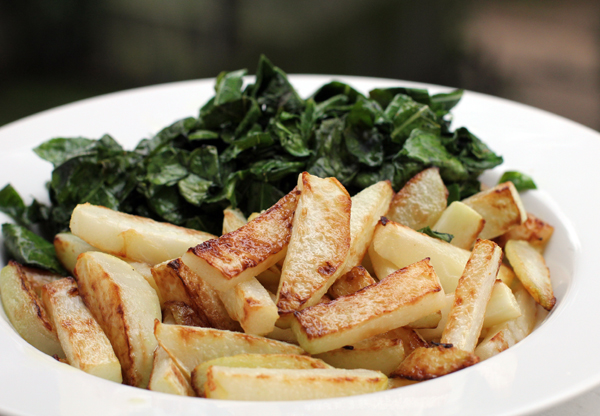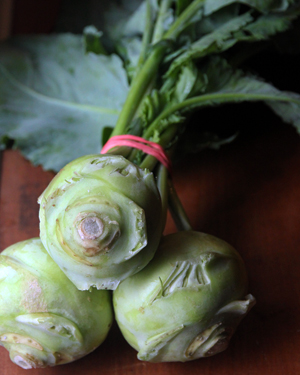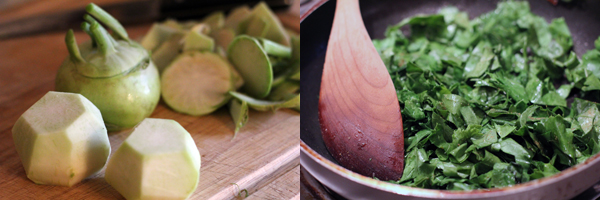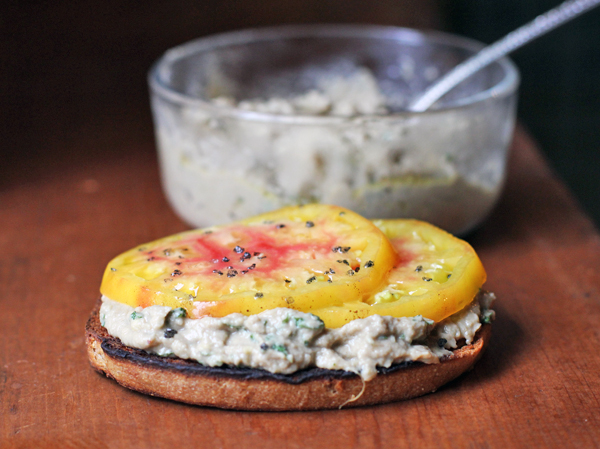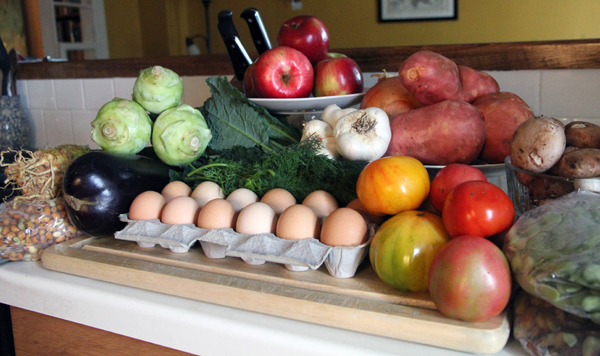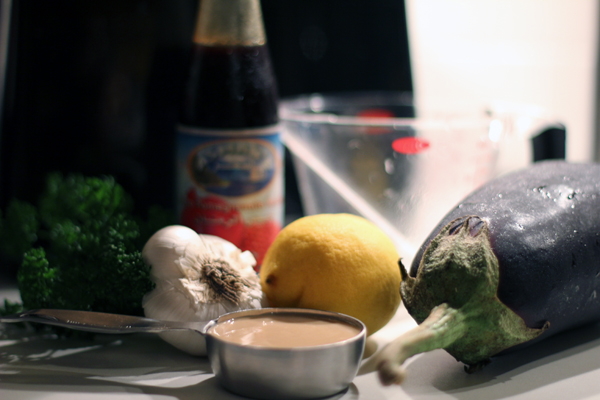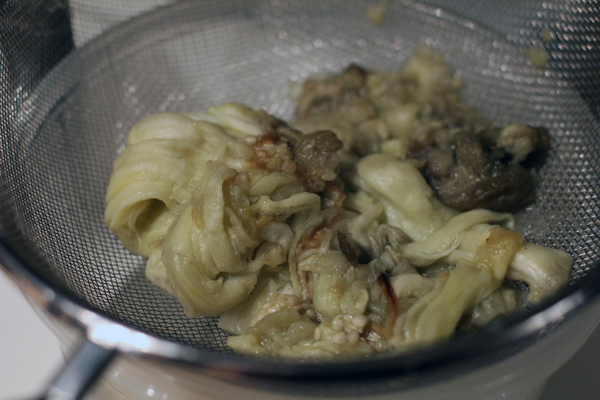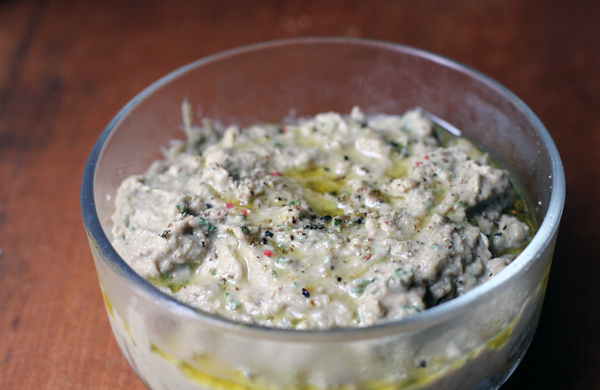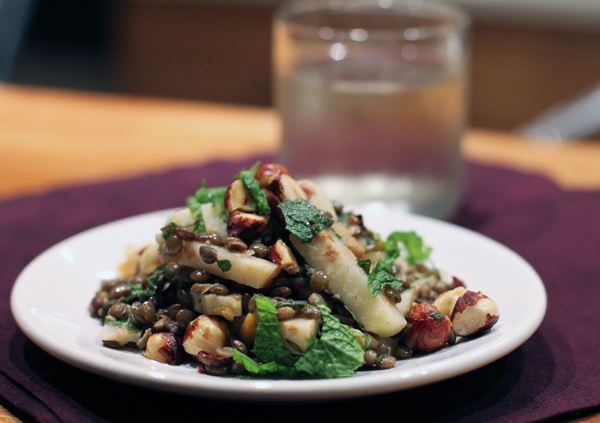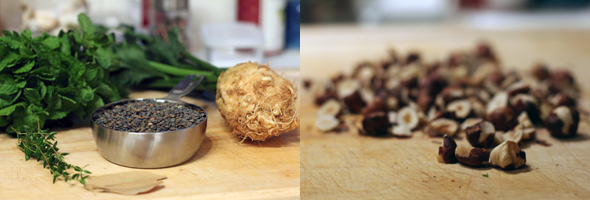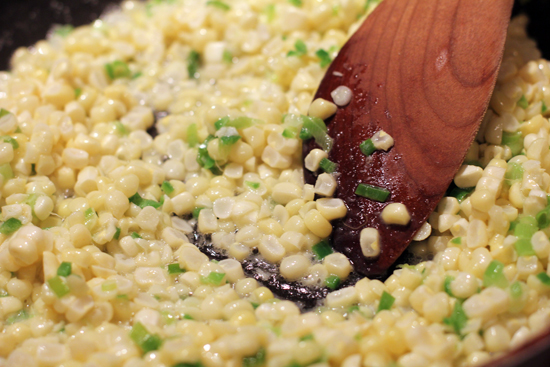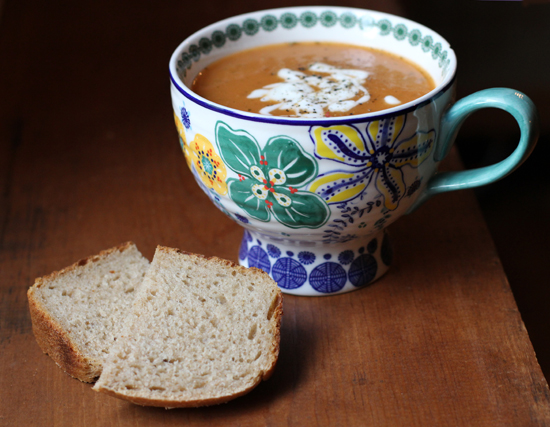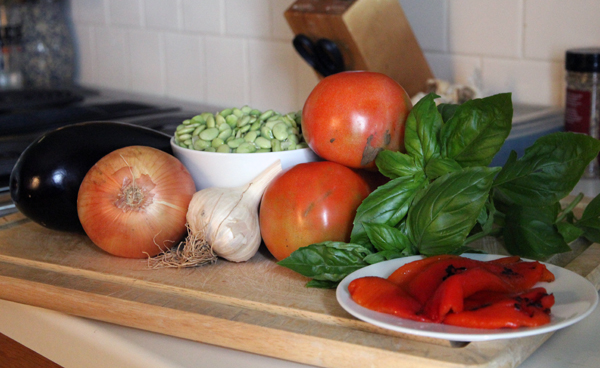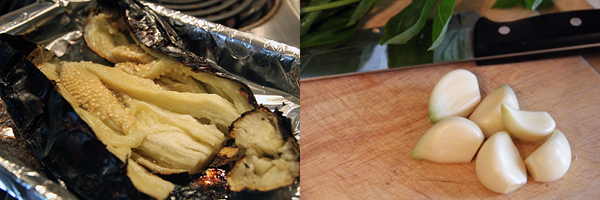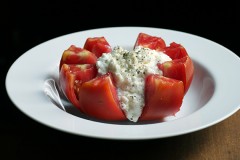My oven and I are at war.
Last week, I thought I was losing my mind. I would check on some item baking in my oven, and discover that I had somehow shut the appliance off entirely only half way through the cooking time. This is actually not that difficult to do if you’re using the timer and you punch “cancel” instead of “off” to silence it when it rings. Just as my frustration with myself was about to boil over, however, I saw it happen–a click, a blank screen, and the oven turned itself off. I wasn’t exactly pleased by this but, reassured that my sanity hadn’t walked out on me, I called a repair service> and waited for my house call.
As these things go, four days later when the super-amiable repair duo showed up, the oven worked perfectly–bake, broil, not a single glitch. Nice to avoid the pricey circuit board replacement, but still. Really? I was advised to bake some brownies and call them on Monday if the oven went berserk again.
The suddenly crisp temperatures did make me want to bake something warm and comforting for dinner, so I decided to test the oven and my luck with a roasted root vegetable pot pie I like a lot (adapted from the Poor Girl Gourmet). And so I spent an uneventful afternoon in the kitchen. An hour of roasting and 40 minutes of baking and not a single oven malfunction. I got a beautiful pie out of the deal, so not a bad day, I suppose. But I wish I could have figured it all out for myself before I paid $65 just to have two strangers poke around under my oven and retrieve a pile of lost cat toys.
Roasted Root Vegetable Pot Pie
Adapted from the Poor Girl Gourmet
For the roasting tray:
3 T olive oil
2 lbs peeled and cubed root vegetables of your choice (I used turnips, carrots, potatoes and a sweet potato)
1 head of garlic, exterior layers of skin peeled away and top of head removed to expose cloves
salt
pepper
thyme
Heat the over to 375˚F.
Place the prepared garlic bulb on a sheet of foil and pour a teaspoon or so of olive oil over top. Add a pinch of salt and pepper, and wrap up into a packet.
Place the prepared root vegetables in a bowl and toss with olive oil, salt, pepper, and thyme to coat. Pour them out onto a foil-lined baking sheet and spread out in a single layer.
Add garlic packet to the baking sheet and roast all vegetables for 45 minutes, stirring once or twice for even browning.
For the top crust:
1 cup all-purpose flour
1/2 cup whole wheat flour
1/2 teaspoons salt
1/2 teaspoon baking powder
1/4 cup cold vegetable shortening
1/2 stick cold unsalted butter
1/4 cup ice water, plus more as needed
While the vegetables are roasting, prepare the pie crust. You’re welcome to use your favorite crust, of course, but I love the poof you get out of this version. Mix flours, salt, and baking powder in a bowl. Cut in butter and shortening, and then mix in just enough water to pull dry ingredients together. Flatten dough into a disc and wrap in plastic wrap. Refrigerate for at least 30 minutes before rolling out.
On the stove top:
1 T olive oil
1 T unsalted butter
1 medium onion, peeled and diced
1 T wholegrain mustard
1.5 T all-purpose flour
1 cup vegetable broth
1 bunch Swiss chard or dark leafy green of choice
Heat oil and butter in a skillet and sauté onion until softened and translucent. Add mustard and flour and cook for a minute or two, stirring often. Then add vegetable broth and mix well, scraping the bottom of the pan thoroughly. Once the sauce has thickened (about 10 minutes), pile the greens on top of the cooking gravy, cover, and allow them to wilt for a few minutes. Stir occasionally until greens have cooked down. Stir in the roasted root vegetables, then pour the entire mixture into a pie plate. Remove the garlic cloves from the roasted bulb and distribute them evenly around the filling.
For the crust glaze:
1 egg yolk
1 T milk
Don’t worry, you’re almost done! Roll out the pastry crust and lay it over the filling, adding whatever decorative touches you like, and then brush the top with the egg yolk/milk mixture. Place pie plate on the baking sheet and slide it back into the 375˚F oven. Bake for 40 minutes, until pie is golden. Remove from the oven and allow to rest for 15 minutes before slicing.
Light a fire, pick out a movie, open a nice Sangiovese, and enjoy!

